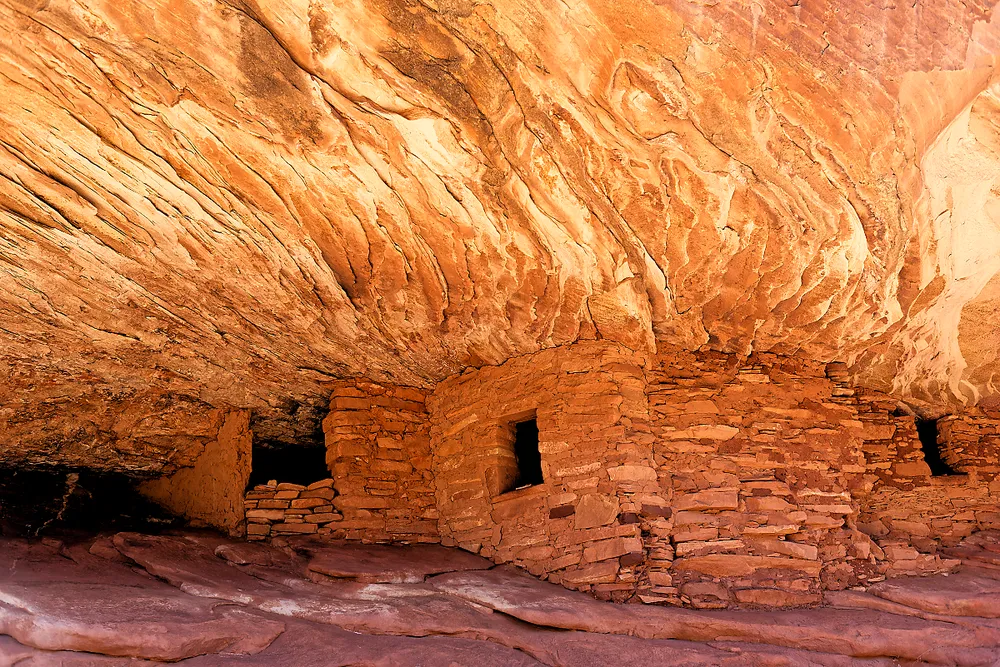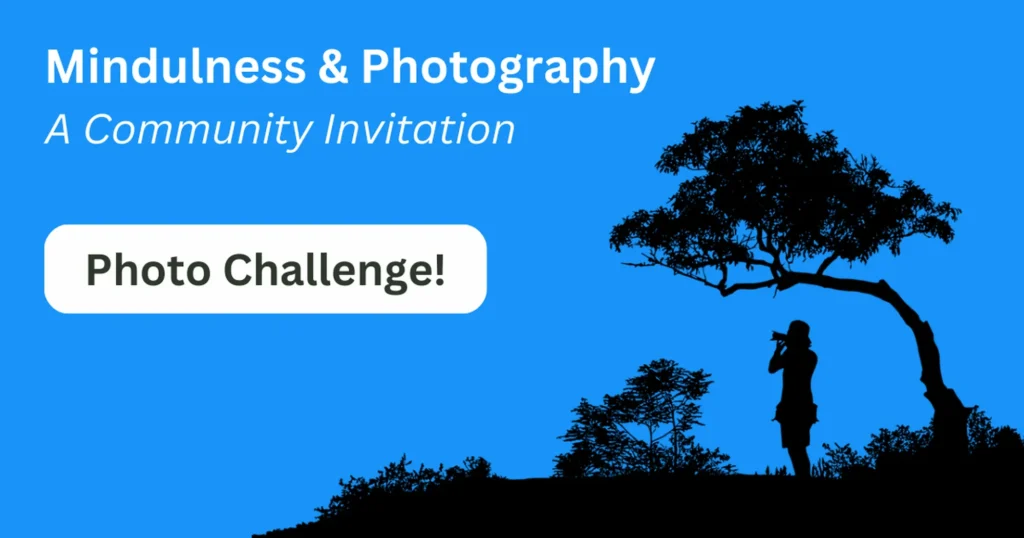
In the mosaic of human experience, some moments transcend the mundane and elevate us to a realm of profound connection and understanding. These moments, laden with awe and wonder, have the power to shift our perspective, to awaken us to the beauty and complexity of the world around us. In the realm of photography, where the lens becomes a tool for capturing fragments of reality, the exploration of awe and wonder takes on a special significance. It is through the work of visionaries like Dacher Keltner and Aldo Leopold that we come to appreciate the profound interplay between mindfulness, awe, wonder, and the environmental movement.
Dacher Keltner, a pioneering psychologist, delves into the depths of human emotion, unraveling the intricacies of awe. He invites us to contemplate those moments when we find ourselves humbled by the grandeur of nature when we are awestruck by the vastness of the cosmos or the delicate intricacies of a single flower. In his exploration, Keltner reveals awe to be a transformative force, capable of expanding our perception of time and space and fostering a sense of interconnectedness with the world around us.
Through the lens of a camera, photographers have the unique ability to capture and preserve these fleeting moments of awe. Each click of the shutter serves as a testament to the profound beauty and complexity of the natural world. But beyond mere documentation, photography has the power to evoke and inspire awe in others, to invite them into a shared experience of wonder and reverence for the world we inhabit.
Aldo Leopold, a visionary conservationist and author of “A Sand County Almanac,” understood the importance of fostering a deep connection with nature. His writings are imbued with a sense of reverence for the land and a profound understanding of humanity’s place within the broader tapestry of life. For Leopold, mindfulness was not merely a philosophical concept but a way of life—a practice of engaging with the world with a sense of humility and respect.
In the modern environmental movement, Leopold’s teachings remain as relevant as ever. As we confront the myriad challenges facing our planet, from climate change to biodiversity loss, it is essential that we approach these issues with a sense of awe and wonder. For it is through this lens that we come to appreciate the inherent value of the natural world and our responsibility to protect and preserve it for future generations.
Mindfulness, in the context of the environmental movement, is not simply about being present in the moment, but about cultivating a deep and abiding connection with the world around us. It is about recognizing our interconnectedness with all living beings and acknowledging the profound impact of our actions on the planet. In the words of Aldo Leopold, “When we see land as a community to which we belong, we may begin to use it with love and respect.”
Photography, with its ability to capture the essence of awe and wonder, has a vital role to play in this journey towards environmental stewardship. Through the lens of a camera, we can bear witness to the beauty and fragility of the natural world, inspiring others to join us in our efforts to protect and preserve it. But perhaps more importantly, photography serves as a reminder of the power of perspective—to see the world with fresh eyes and to approach each moment with a sense of reverence and gratitude.
In the pursuit of a more sustainable future, we must not lose sight of the magic of awe and wonder. It is these moments of transcendence that remind us of our place within the vast and intricate web of life, and inspire us to act with compassion and humility. As we navigate the complexities of the modern world, let us remember the wisdom of Dacher Keltner and Aldo Leopold, and embrace the transformative power of mindfulness and the magic of awe and wonder. It is through these guiding principles that we may yet find a path toward a more harmonious relationship with the natural world.


